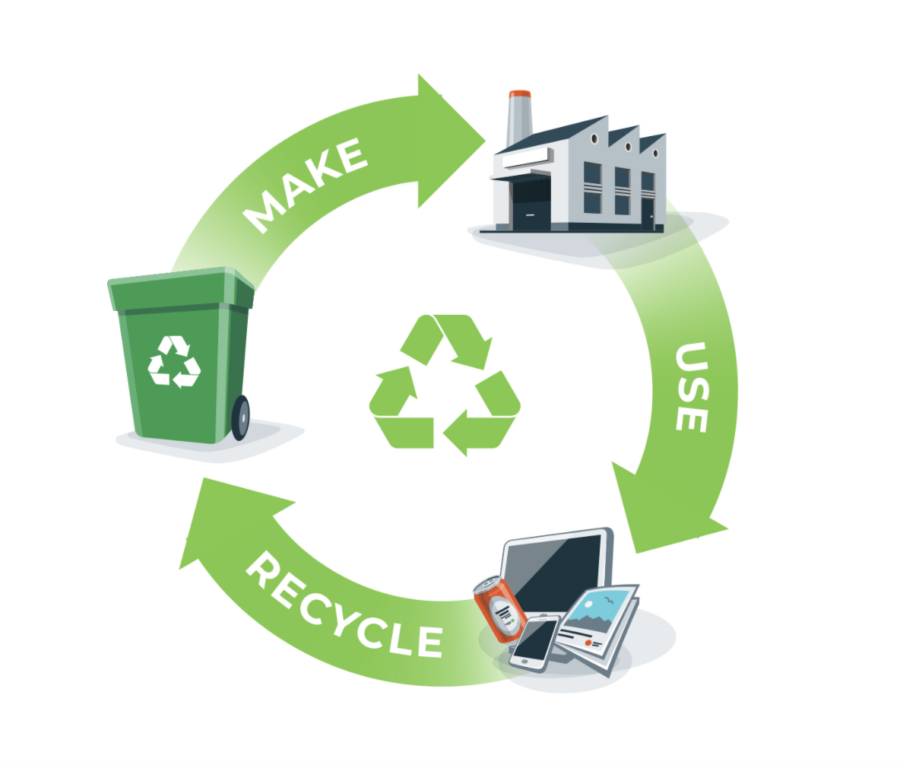What does a sustainable supply chain look like

What is a sustainable supply chain?
Supply chains are networks that connect multiple realities all around the globe for the purpose of sourcing and supplying goods and services. The dimensions of these networks can be huge. This is how supply chains have created global value and joined the world together.
Supply chains process the flow of information, processes and resources all around the Earth. However, they come with a massive impact on the environment. According to recent studies, supply chains account for more than 80% of a consumer company’s emissions.
Critical environmental issues do not come alone. The economy and the population at large are also affected. Financial considerations, quality of life and green awareness have made the sustainable path a strategic and operative choice by many. A sustainable supply chain is the only answer!
Let’s see in detail how a sustainability can add value to supply chain networks.
This is what makes a supply chain sustainable

To be sustainable, a supply chain must respond positively to a specific question. What is the impact of the supply chain?
What makes the difference in turning good intentions into practical steps is the kind of approach we have to answer. This is the tricky part. Finding the right balance to solve a thorny problem on several fronts is not easy. Here are some factors that are important to take into account.
An honest analysis of the supply chain
Break that chain down. Analyzing a supply chain means – first of all – clearly identifying all its elements and analyzing individual events. Certain steps are easier to analyze: for example, it’s clear that the transportation process produces emissions. Seeing it as a single event allows a company to improve it.
Other critical supply chain events may not be so immediate to recognize. What about the company that produces chemicals that are harmful to the environment? And what about the – perhaps poor – living and working conditions of the employees? Are there any health or safety risks in work areas, such as warehouses, production lines, or offices? Breaking the supply chain down into single events grants a more detailed view of the entire process.
Circular model on supply chains

What is a circular supply chain? In a few words, a sustainable system that allows waste to be recycled to produce new products. Let’s take an example:
Most supply chains are started by the research of raw materials. The producer buys the raw materials and they are shipped to them. The products are shipped to the distribution hubs and conveyed to the final destination. Once used, the products are often thrown away as waste.
In a circular model, the supply chain takes into account that the waste produced can be reprocessed and re-used as raw materials. At its best (and ideal) conditions, the circular supply chain cuts the waste rate up to 100%.
Carbon consumption in supply chains

There is no need to explain why this step is so critical. Nowadays, we are aware that fuel consumption is something that endangers our planet and, consequently, everyone’s quality of life. Regardless of the operational areas in which a corporate world works, it is essential that this ring of the chain – carefully analyzing the fuel consumption – is taken seriously.
Many companies have learned an important lesson from the covid19 pandemic. With greater sensitivity towards smart-working or remote-working, many companies have recorded numerous savings, both in economic and environmental terms. Why not promote this style of work as much as possible? Also, investing in more aerodynamic, electric or sustainable vehicles can be more expensive than the alternative at first. But, it will give its benefits. Thinking about logistics as a rapidly changing system that focuses on proximity is a sustainable direction in which many corporates are heading.
Three-directions sustainability: here is where a green supply chain heads to
To build a green supply chain makes a loud noise. Its impact heads at least towards 3 major directions.
A green supply chain is sustainable for the people

Creating a sustainable work environment means caring about people, before productivity. This has a tremendous impact on the quality of life of the workers, as well as on the reputation of the company.
Furthermore, a company that is committed to creating sustainable processes also favors people who are not directly involved in production processes. They are perhaps those who benefit from the products that are produced by the company or by those people who can benefit from the contribution that the company gives in having a lower environmental impact.
A green supply chain is sustainable for the environment

Here’s a pivotal point. A corporate has an environmental responsibility to protect the environment from the dangers that can be caused in creating their products or from the supply or distribution processes.
Undoubtedly, local laws and regulations have the task of guiding companies in creating an ecosystem that is as less impactful as possible. This should allow companies to be ecologically aligned with with suppliers, distributors or other parnters.
Having an operation that supports the environment has a ripple effect on all other aspects of productivity.
A green supply chain is sustainable for the economy

It is important to repeat that a supply chain takes into account the laws that regulate the ecological impact it has. These regulations have also a financial nature.
Financial planning, risk management and insurance coverage are three aspects that a sustainable supply chain effects, and improves.
This is why a sustainable supply chain is convenient

The benefits meet people’s expectations and those we all have in favor of our planet. But that not all of it. The benefits are also practical for companies adopting a sustainable supply chain.
Here is why a green supply chain is what every company should adopt.
We identified at least 3 areas in which the benefits are evident.
Less cost
Reducing the environmental impact is often seen as an additional cost. In most cases, this is wrong. When we talk about building a green ecosystem we mean a number of efforts focused on efficiency and waste reduction. This is why talking about sustainable processes means talking about savings.
A striking example to support this theory is the experience of a Scottish haulage fleet that invested £ 100,000 to reduce its environmental impact. The economic return on investment? It left everyone speechless. Except those who have embraced an eco-friendly philosophy, for years now. The aforementioned company has achieved a return on the initial investment of over £ 650,000.
More continuity
Diversifying the supply chain into a wider and more sustainable ecosystem guarantees more continuity in the production process.
Take for example the case of two of the largest hard-drive manufacturers. Both had Thai companies as their main suppliers. Sadly, when massive floods struck Thailand, both corporates faced delays, shortages and overall high production costs. A critical point in their supply chain? It was over-reliance on a single ring of the supply chain.
Better reputation
People are becoming more and more aware of the fact that sustainability is not a marginal issue. Corporates want to be green. People want a greener life. End users look for eco-friendly products and judge the work of those who fight every day to give their contribution for a more sustainable life.
Just as people speak positively about those who are committed to driving change in a green direction, the opposite is also true. News about the high environmental impact caused by a company’s supply chain can lead to a negative impact on public opinion.
It’s supply chain itself that demands sustainability

The importance of building a sustainable supply chain goes beyond brand reputation. Building an ecosystem that takes people and the environment into account has positive implications on several fronts. There are benefits on a social level. There are benefits to the quality of life of each individual. There are benefits from an economic point of view.
In a present marked by such an evident global development – and which heads towards a fast-growing future – it is unthinkable to imagine a supply chain that is not sustainable in all its rings.


